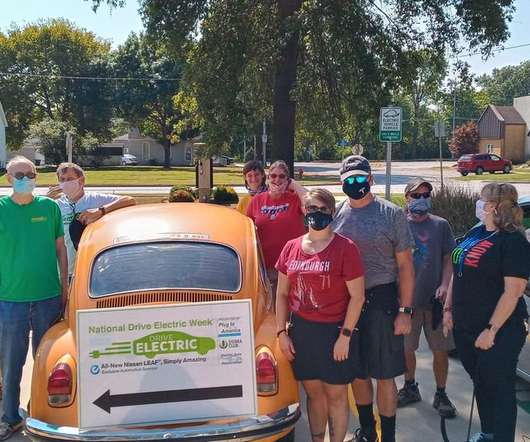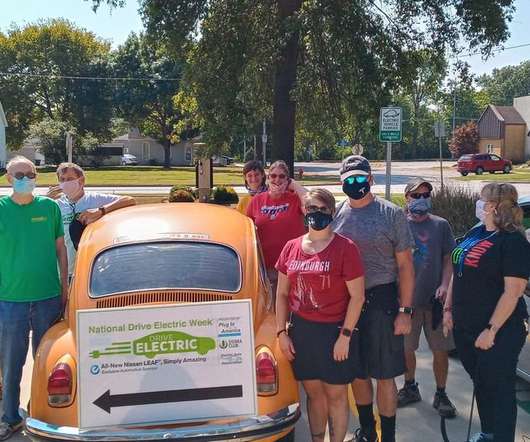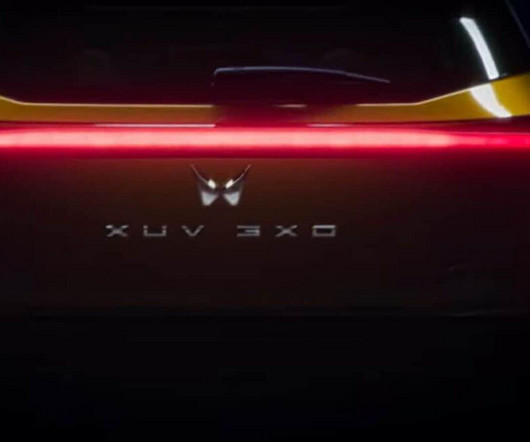Osaka team develops new solar-to-hydrogen catalyst that uses broader spectrum of light
Green Car Congress
JUNE 26, 2017
The three-part composite maximizes both absorbing light and its efficiency for water splitting. Finally, the gold-covered LTO is mixed with ultrathin sheets of the element black phosphorus (BP), which acts as a light absorber. The band gap properties are promising because of broad solar light absorption from UV to NIR region.


































Let's personalize your content